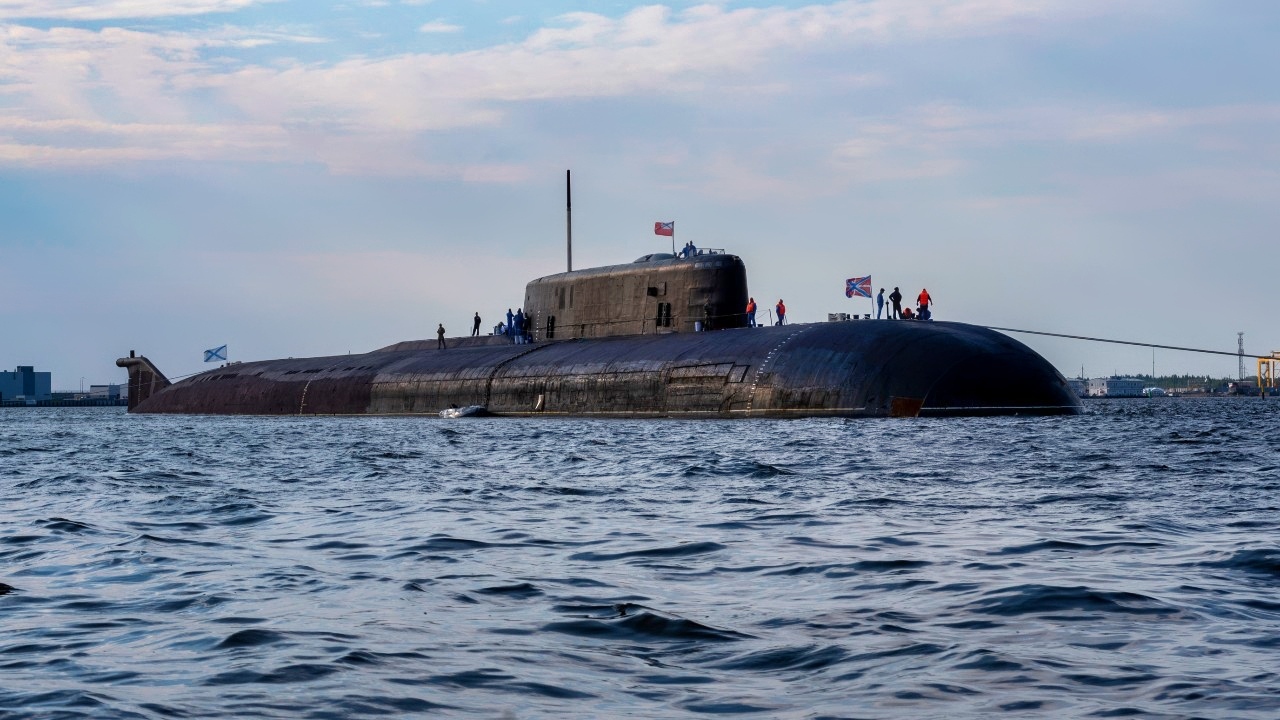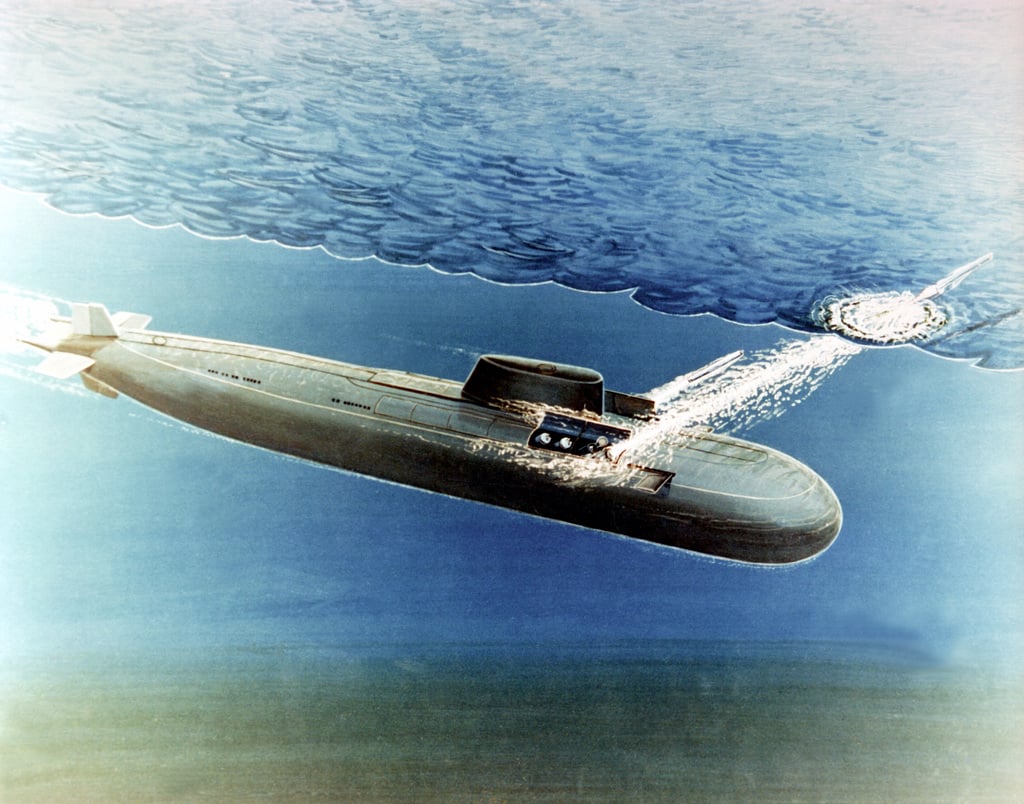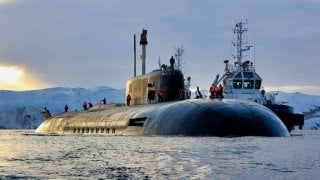Faulty Hydrogen Peroxide Torpedo 'Put a Hole' in a Russian Sub and Sank It
The Oscar II-class submarine, renowned for its size and missile capabilities, is a cornerstone of the Russian Navy, designed primarily to target U.S. and NATO battle groups. The tragic sinking of Kursk, an Oscar II-class sub, in 2000 revealed vulnerabilities in Russia's naval rescue protocols, resulting in the death of all 118 crew members after a torpedo explosion.
What You Need to Know: The Oscar II-class submarine, renowned for its size and missile capabilities, is a cornerstone of the Russian Navy, designed primarily to target U.S. and NATO battle groups. The tragic sinking of Kursk, an Oscar II-class sub, in 2000 revealed vulnerabilities in Russia's naval rescue protocols, resulting in the death of all 118 crew members after a torpedo explosion.

-This disaster marked one of the most somber moments in Russian naval history and highlighted both the operational capacity and inherent risks of the Oscar II class.
-President Putin's detached handling of the incident further fueled public criticism.
The Oscar II Submarine Class: Russia’s Powerful Yet Tragic War Machine
Russia has a long history of building submarines. Today, the Russian Navy operates several different types of subs. The Oscar II class is perhaps one of the best known.
The Oscar II class Submarine
The Oscar II is a nuclear-powered cruise-missile class of submarines.
The the Oscar II class was designed for the main mission of attacking U.S. and NATO naval battle groups, especially carrier battle groups. In addition, the subs could conduct intelligence gathering operations.
At almost 500 feet in length, the Oscar II class is one of the largest submarines in the world. The class first came into service in the mid-1980s, and a handful of vessels are still in service.

When it comes to weapons systems, the Oscar II-class submarines could carry a combination of torpedoes and cruise missiles. The subs can carry up to twenty-four SS-N-19 Shipwreck supersonic, long-range anti-ship missiles that can carry both a conventional and nuclear warhead. The submarines have four 25-inch (650 mm) and four 21-inch (533 mm) torpedo tubes divided into two launching systems in the bow of the ship. They can also lay anti-ship mines and block sea routes.
As we have discussed previously here at The National Interest, the Russian Navy possesses significant submarine warfare capabilities. The Kremlin has one of the largest and most powerful submarine fleets in the world with attack, cruise missile, and ballistic missile vessels that can carry a combination of conventional and nuclear munitions.
The Kursk Tragedy
In the absence of a large-scale conflict for the submarine to display its qualities, the Kursk tragedy remains one of the main events for which the Oscar II class is known.
In August 2000, the K-141 Kursk was participating in a large-scale exercise in the Barents Sea. All seemed to be going fine, and the submarine was responding to the training scenarios as intended. However, during a training “attack” against a surface combatant, a Type 65 torpedo fueled by hydrogen peroxide exploded, creating a hole in the submarine and sinking it.

The Kursk came to rest at a relatively shallow depth (350 feet). That was when the true ordeal began. Most of the crew survived the initial blast, and the Russian Navy scrambled to rescue them. In the end, after several days of failed attempts by the Russian Navy, it was British and Norwegian divers who reached the sunk submarine. They found no survivors. All 118 officers and enlisted men were killed in what is one of the deadliest submarine disasters in history.
The loss of the Kursk was a heavy blow to the Russian Navy. The submarine was one of the best in the fleet, with citations for its impressive performance. A newly elected Russian President Vladimir Putin came under fire for his handling of the situation. For most of the ordeal, Putin remained at his summer residence in Sochi – his admirals told him that the situation was under control – and interacted with the families in a cold, callous manner.
About the Author
Stavros Atlamazoglou is a seasoned defense and national security journalist specializing in special operations. A Hellenic Army veteran (national service with the 575th Marine Battalion and Army HQ), he holds a BA from the Johns Hopkins University, an MA from the Johns Hopkins’ School of Advanced International Studies (SAIS). He is pursuing a J.D. at Boston College Law School. His work has been featured in Business Insider, Sandboxx, and SOFREP.
Image Credit: Creative Commons.


